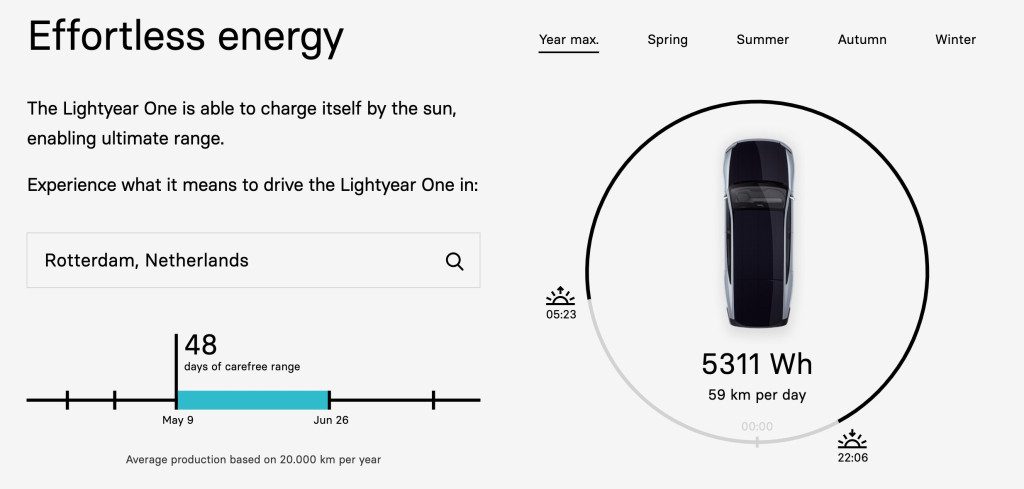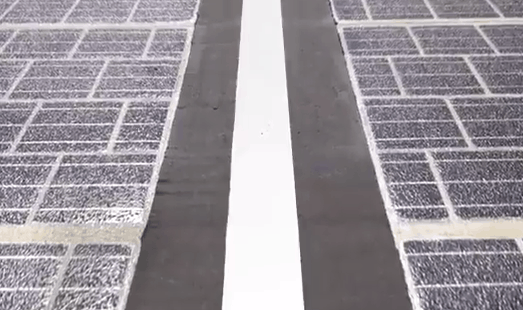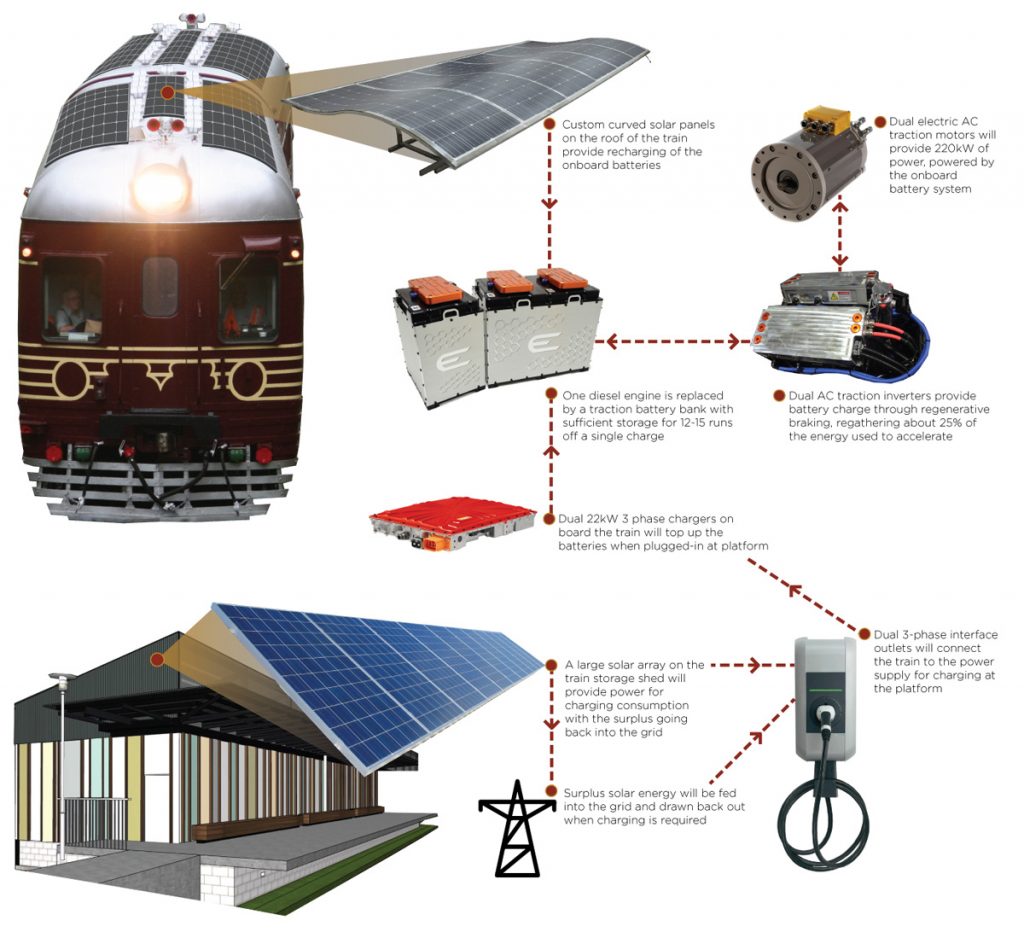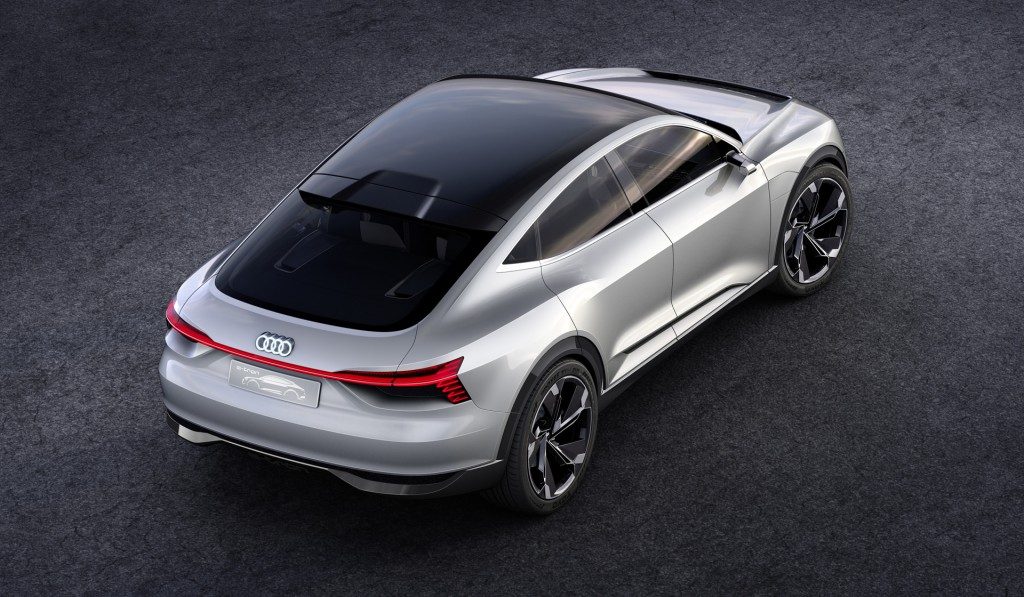The Dutch solar automobile manufacturer Lightyear have a new prototype which is of a long rage solar car. The car, known as Lightyear One, can supposedly go up to 800km without a charge and it also has solar power
Lightyear One Solar Car – Long Range Prototype

The car’s been touted by Lightyear as ‘the electric car that charges itself’ as it was announced at Lightyear HQ in Katwijk, NL. It claims 12km/hour of solar charging, which means that you could drive to work 30km, park for 8 hours, and drive it back home without ever plugging it in. “Level 2” charging is 22kW and level 3 boosts 60kW for faster charging.
The Lightyear One website explains the way solar has been integrated into this car: “Unlike conventional solar panels, our cells function independently. This means that even if part of the roof or hood is in shadow, the other cells continue to efficiently collect solar energy. In fact, our solar cells provide about 20% more energy than traditional ones.”
“Two years of dreaming, thinking and working hard have led to this milestone, which is a giant leap towards achieving our mission of making clean mobility available to everyone,” Lightyear CEO Lex Hoefsloot said.
Discussing some of the issues with the current stock of electric cars and charging them via renewable energy, Hoefsloot had more to say about the Lightyear One and how it could possibly work in a home ecosystem:
“We are solving these issues with what we call ultra-efficiency. On one hand, that will lead to an exceptional range of 725 km (WLTP) on a relatively small battery. On the other hand, it can charge directly from the sun because its energy consumption is much lower, generating up to 20,000 km worth of energy per year. Moreover, all of the charging options out there become easier to use because you get a lot more range for the same amount of energy charged. So, effectively, you charge a lot faster from any power outlet. You can charge up to 400 km per night from ordinary 230V sockets. That’s great for road trips because you don’t need a charging infrastructure.” Hoefsloot continued, as reported by Electrek.

Perhaps they’d like to park the car at the award winning USQ solar carpark?
In any case, here’s a video of the car, which is expected to cost around $170,000 USD (~$242,000 AUD). Lightyear are currently taking orders for it so click here and visit the official website if you’re interested in learning more about this amazing car! It releases in 2021 and





